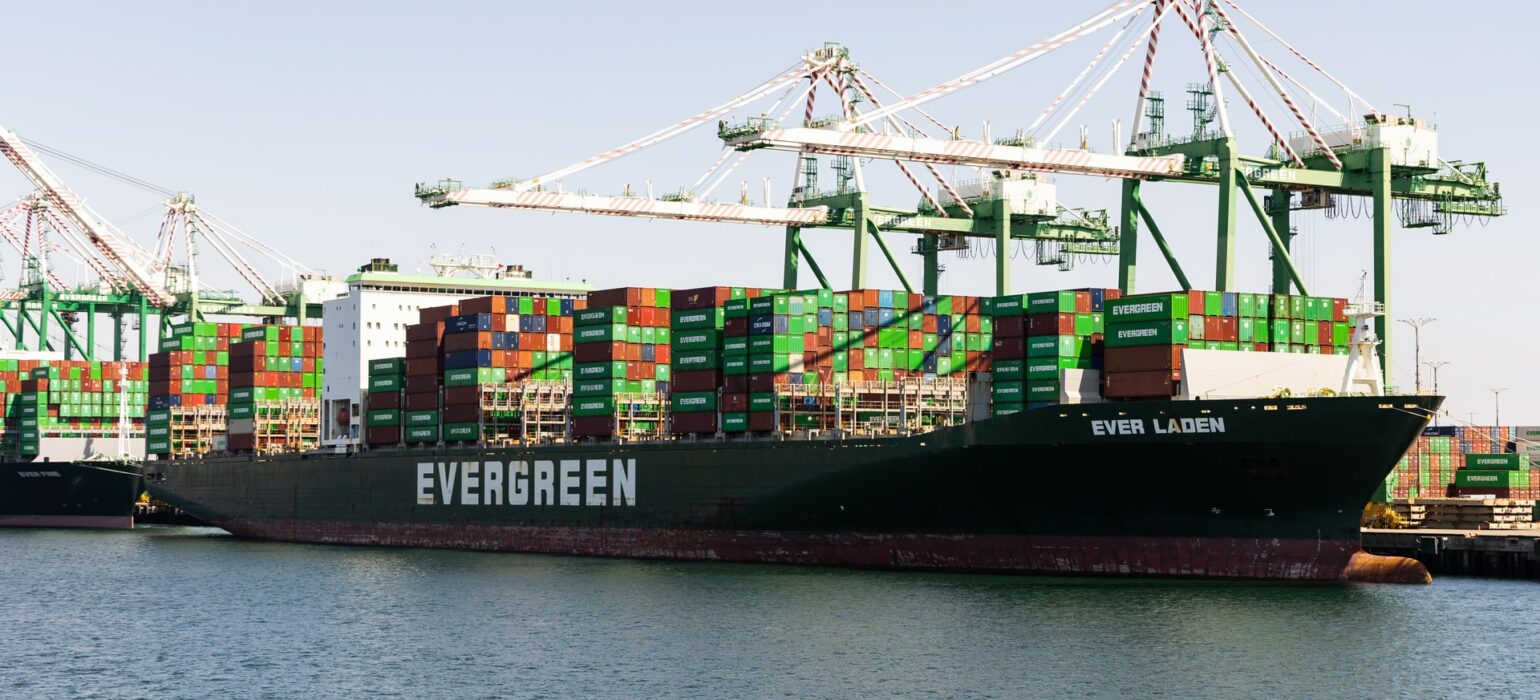US port congestion: Where does the global supply chain crisis begin?

Ocean trade is crucial for international business as it carries 90% of goods worldwide.
But if any disruptions are caused in the global chain supply, the transport situation can go haywire.
The same problem is causing US port congestion, with the major ports of the country facing severe delays.
But what are the reasons behind the global supply chain crisis? Read more to find out.
Factors contributing to the US port congestion
Recently, Tim Clarke, the President of Vanguard International USA, has shared his views on how the global supply chain crisis has worsened the logistics situation by piling up additional costs and stress.
He has stated that some carriers have opted not to call on some ports and their Latin American team is unable to get one of them to route through the Port of Seattle.
So, in the end, they had to take a loaded truck to a port in Southern California to ship the product to the Dominican Republic.
On top of that, all this rerouting added $5-7 extra charges per box. The impact of raised prices could be felt worldwide.
Just recently, owing to the persistent inflationary trends, a French shipping line CMA CGM has hiked the local charges and demurrage payable on containers shipped to Nigeria.
It’s undoubtedly chaos, not only in the US but the whole global supply chain is choking, shipping prices are increasing, and the port congestion is spreading like wildfire. Some reasons for this are:
China’s covid lockdown
China has a 12% share in the freight trade, and due to covid restrictions, it has closed down factories, warehouses are idled, truck deliveries have slowed, and container logjams have exacerbated.
Ships from China are arriving late in Europe, causing a rippling effect where the container shortage means European goods are also delayed from reaching the US East Coast.
This situation is piling up additional shocks for the US port congestion. The total container-ship count for the US’s ports of Los Angeles and Long Beach has reached 57 carriers recently, which is the highest since last year.
To add to the worsening congestion, the US West Coast is struggling to offload containers dwelling at the anchor for a long time.
Russia-Ukraine conflict
Adding to the woes of US port congestion is the Russia-Ukraine conflict. The sinking of cargo ships in the Black Sea hit by missiles and explosions means insurers have raised their prices. They are now charging between 1% to 5% of the value of a ship, and compared to the pre-war prices of 0.25%; it’s an exorbitant hike.
Several European countries have also banned Russian-based carriers from their ports, causing major vessels to re-route and container activity to increase in the European and US ports.
Workforce shortage
Much of the US port congestion is due to the insufficient labor force and truck drivers, a challenge faced by all the global supply chains. Covid fears and consistent lockdowns have left little room to hire a new workforce, and most of the labor was laid off. Therefore, they opted for other jobs during the lockdown periods.
Seasonal holidays
Adding to the disaster of US port congestion are the seasonal holidays, the factories opening and closing, and the workers going off on holiday leaves. The global supply chain was already suffering when the Chinese New Year caused a backlog for the carriers. The festivities can even affect the transportation supply long before the holidays start, and this effect can last up to 2 to 4 weeks afterward.
Increased demand for Chinese-made goods
The unpredictable covid development and changes in people’s buying behavior have increased the demand by 20-25% for Chinese-made goods. This is creating a bottleneck at the major ports of the US, causing delays in deliveries.
How is US port congestion impacting the delivery times?
According to San Francisco-based freight forwarder Flexport Inc., due to the burgeoning crisis in the global supply chain, it is taking an average of 111 days for the goods to reach the US warehouse from an Asian factory.
Recently, a queue of 19 vessels has been observed dwelling at the Los Angeles port, with a ToT (Time of Turnaround) at 6.9 days, more than five days from a month ago. In addition, trucks had to wait in line for up to 9 hours to pick up a single container.
What is the projection of US port congestion for this summer?
With the recent havoc with US port congestion, analysts see no signs of it abating, not till mid-2022 at least. According to the Global Port Tracker Report, major US ports could see an influx of cargo backlog this summer.
The NRF Vice President for Supply Chain and Customs Policy, Jonathan Gold, has recently expressed that although congestion at the West Coast ports has eased a little, it is still growing overwhelmingly in the East Coast ports.
Conclusion
The global supply chain is choking, and the US port can also feel the domino effect. From covid disruptions to cargo surges, the reasons for US port congestion are varied.
Although many shipping companies are not taking on new deliveries because they are running out of capacity, AES, Inc. continues to thrive and adapt to the market conditions. Our company is receiving automobiles and machinery and loading containers on a daily basis. We strive to give each of you the service that you have come to expect from the “Leader in Car Shipping.”
If any other shipper refuses you, immediately contact us, and we’ll pick up your car in whatever condition it is and from anywhere in the US. We have your back so provide us the chance to show you our devotion, commitment, and the best shipping experience.
Our company holds distinction in what we do, which has distinguished us from other automobile shipping companies. We are aware that we might not be the cheapest shipping company, but we delight in providing the best services that our valued clientele deserves without compromising quality.
AES understands your desire to find the most dependable shipping partner, so look no further. We are here to provide you with a ‘one-point’ customized solution to all your logistics and shipping needs.
Other blog posts you might like
May 22, 2024
Methods of Payment – AFL

Feb 8, 2023
 +1 (908) 436-2150
+1 (908) 436-2150
